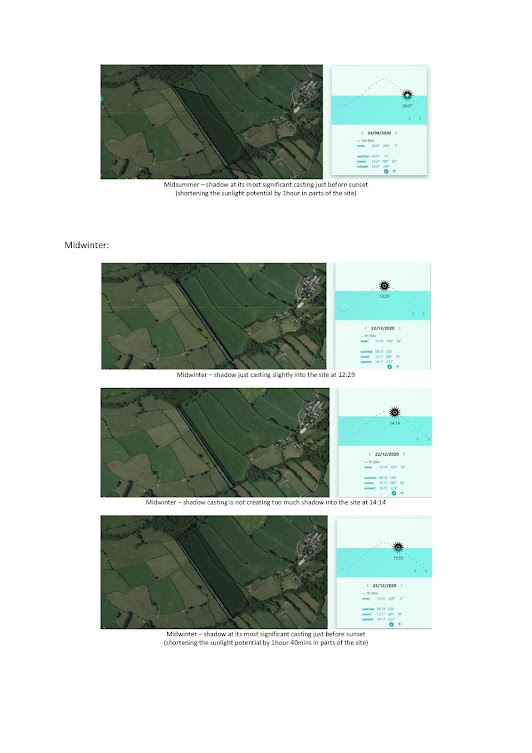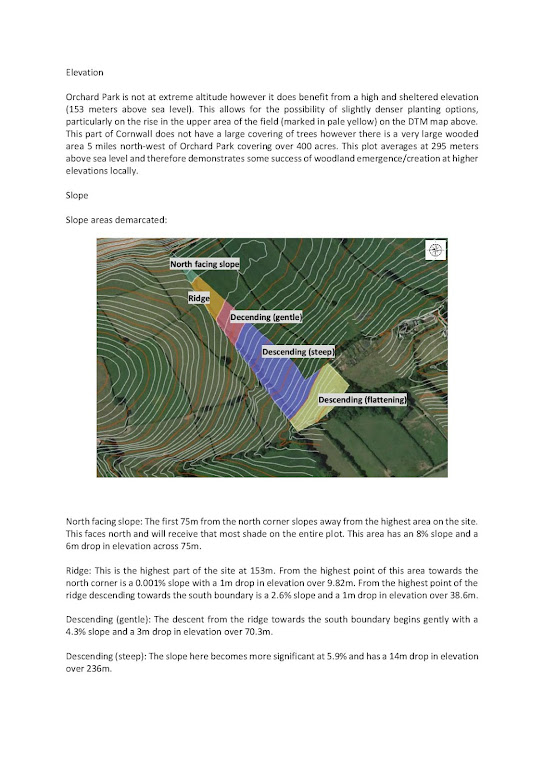This summer has been incredibly hot and dry, and even some of the older and more established trees have looked under strain. With increasing periods of hot and dry weather and pressure on both the mains water supply and our perennial source from the river, designing our gardens to be as resilient as possible seems the best way forward. During this post, we'll be looking at the challenges we've faced this season with our usual water supply and take a look at some useful drought tolerant plants that have faired well in dry and hot conditions.
.jpg)
Our project is located in the town of Shipka on the foothills of the Balkan mountains in central Bulgaria. As such our gardens have a gradient that means we can benefit from a gravity-fed perennial water source, a local mountain steam. The stream water can be diverted into purpose-built cement channels that run down the sides of many of the streets and under roads, making this water accessible for many households. It can also be diverted into the fields. It's an incredible system although somewhat neglected. All of our gardens were designed to take advantage of this resource. In the image below you can see the main path of the stream through the mountain, and then the diversion created. The highlighted plot here is one of our gardens, Phronesis. There is approximately a 3m drop from the north to the south of the plot and the slope is more or less even from east to west.
 |
| The mountain stream can be diverted into the site from the north |
We then bring the water directly into the site using gravity to distribute it across the areas to passively irrigate the site via water channels that are convex and hand dug with a mattock and spade. These channels need maintenance and redefining at the start of the season, and clearing out the debris more regularly, ideally before each irrigation. Fallen fruit, leaves, and twigs often cause localized blockages that need clearing.
This year there has been an increase in demand for the water with the appearance of corn fields in the valley, a lower flow generally due to less precipitation, and general disorganization in terms of whose turn it actually is to irrigate. A lot of time is wasted on the latter, as it takes at least an hour for the water to reach the gardens sometimes, by which point someone else diverts it into their own garden and the flow stops. We have actually been unable to get the water into Aponia, the forest garden this year, due to a poor flow caused by a channel blocked by building rubble. A digger and permission are now required to excavate it. However, the established plants in the forest garden are coping remarkably well, evidence that these systems seem to be pretty resilient. This is because collectively plant communities such as woodland influence the environment in their favour by constantly improving the nutrient content of soils, creating humic substances via decomposition of biomass that helps store more water in the soils, and by provisioning for their non-plant allies.
 |
| The established trees growing on the berms in the forest garden are doing quite well despite the intense heat and long periods without rain |
.jpg) |
| More isolated trees such as this Pyrus communis - Pear are doing less well without the support of neighboring plants |
 |
| Sorbus aucuparia - Rowan full of berries this year |
Despite all the challenges, when the system is working well it's a beautiful thing indeed :)
With water being such a hot topic it seems sensible to start including more drought tolerant plants in our designs. Here are a few plants that we have found to stand up to dry conditions incredibly well.
Tansy provides a number of benefits in the garden. We have the plant scattered around the garden on sunny edges and within gaps in the trees to take full advantage of these benefits. The plant accumulates potassium and is very useful to fruit trees. Its strong scent confuses pests masking the smell of food plants that they find attractive and an insecticidal spray can be made from the plant biomass. These photos were taken after a couple of months of no rain, although these plants were watered every 2 weeks, they still remain remarkably resilient to drought.
The Autumn Olive is fast growing has Nitrogen Fixing capabilities and when planted with fruit trees is said to increase the overall yield of the orchard by 10% whilst themselves producing a yield of delicious berries. We have used this plant as an under story shrub on a south facing edge in our forest garden and within an edible hedge. For more on some of the Elaeagnus species see our previous post
here.
Elaeagnus Umbellata - Autumn Olive. This particular plant was planted out last Autumn by the ESC volunteers and has coped well with considerable neglect and dry conditions this year.
The silk tree is a welcome edition to the ecological garden as it is both highly ornamental and multi functional. It produces beautiful pink rose blooms which remain for much of the summer and are then replaced by striking seed pods that hang on the tree for much of the winter. It is easily grown in well-drained but moist soils in the full sun to light shade, although the best flowering result occurs in full sun. The silk tree is a
nitrogen fixer and tolerates a high pH, saline soils, high winds and drought. This year we have seen several specimens in cities throughout Bulgaria and all have looked healthy and happy in the relentless heat and long periods without rain.

Koelreuteria paniculata, commonly called Golden Raintree, is a small, open-branching, irregularly-shaped, deciduous tree with a rounded crown which is often grown as an attractive small shade tree. It does not like to grow in the shade, so is best suited to a site which receives full sun for long periods. It also tolerates drought and can withstand hot summer temperatures, making it an excellent choice for low-water gardens. We have successfully planted it at the top of our street, where several other trees have failed. It receives no attention at all yet looks incredibly healthy.
This summer we've had some friends of Dylan and Archie's from Wales staying for a couple of weeks. Nothing like a group of young men to help out with some of the heavier garden work in between their social activities, including digging out the water channels on both sides of Shipka. Thanks guys!
 |
| Louie doing some pruning |
 |
| Tristan weeding the Asparagus bed |
 |
| Louie, Osian and Susannah helping to water |
 |
| Iker shaping the canopy |
Some of you may remember last year during the ESC volunteer project that the group helped to design an amenity planting polyculture for the central park area. We decided on a '
Butterfly Paradise' Polyculture, in which all the plants selected were to have the primary function of attracting butterflies to the park. The plants we selected were:
Almost one year on and the plants are settling into the polyculture. The Echinacea is the only plant that didn't make it and a new one will be planted out this autumn. The location has worked well, as it is right next to a tap where other plants are irrigated regularly and so receives fairly regular irrigation.
Here's a few shots from the gardens and around :)
 |
| L. macaronius - Owlfly (thanks Danka Dragomir for the ID) |
.jpg) |
| Typha latifolia - Common Bulrush |
 |
The ducks in the home garden enjoy foraging for worms when the water comes in
|
 |
| One of the trial gardens, Phronesis. The young plants and trees were predated upon by local goats and horses, but fortunately this year we were able to fence the area. In autumn we will complete some Advance Planting Preparation (APP) and also plant out some young trees. |
 |
| Ataraxia garden which has also fallen prey to grazing animals, however this year not, and many of the plants have put on decent growth. The main stress for the plants this year has been a lack of water with a poor flow in the mountain stream |
 |
| Поздрави от Шипка! |
Regenerative Landscape Design - Online Interactive Course
Want to learn how to design, build and manage regenerative landscapes? Join us for our Regenerative Landscape Design - Online Interactive Course from May 1st to Sep 13th, 2023.
We're super excited about running the course and look forward to providing you with the confidence, inspiration, and opportunity to design, build and manage regenerative landscapes, gardens, and farms that produce food and other resources for humans while enhancing biodiversity.
You can find out all about the course here and right now we have a 20% discount on the full enrollment fees. Just use the promo code RLD
2023 in the section of the registration form to receive your discount. We are looking forward to providing you with this unique online learning experience - as far as we know, the very first of its kind. If you are thinking of reasons why you should do this course and whether this course is suitable for you, take a look here where we lay it all out. Looking forward to it!
--------------------------------------------------------------------------------------------------------------------------
Support Our Project
If you appreciate the work we are doing you can show your support in several ways.
- Comment, like, and share our content on social media.
- Donate directly via PayPal to balkanecologyproject@gmail.com or via FTX Pay


.jpg)

.jpg)





.jpg)





.jpg)































